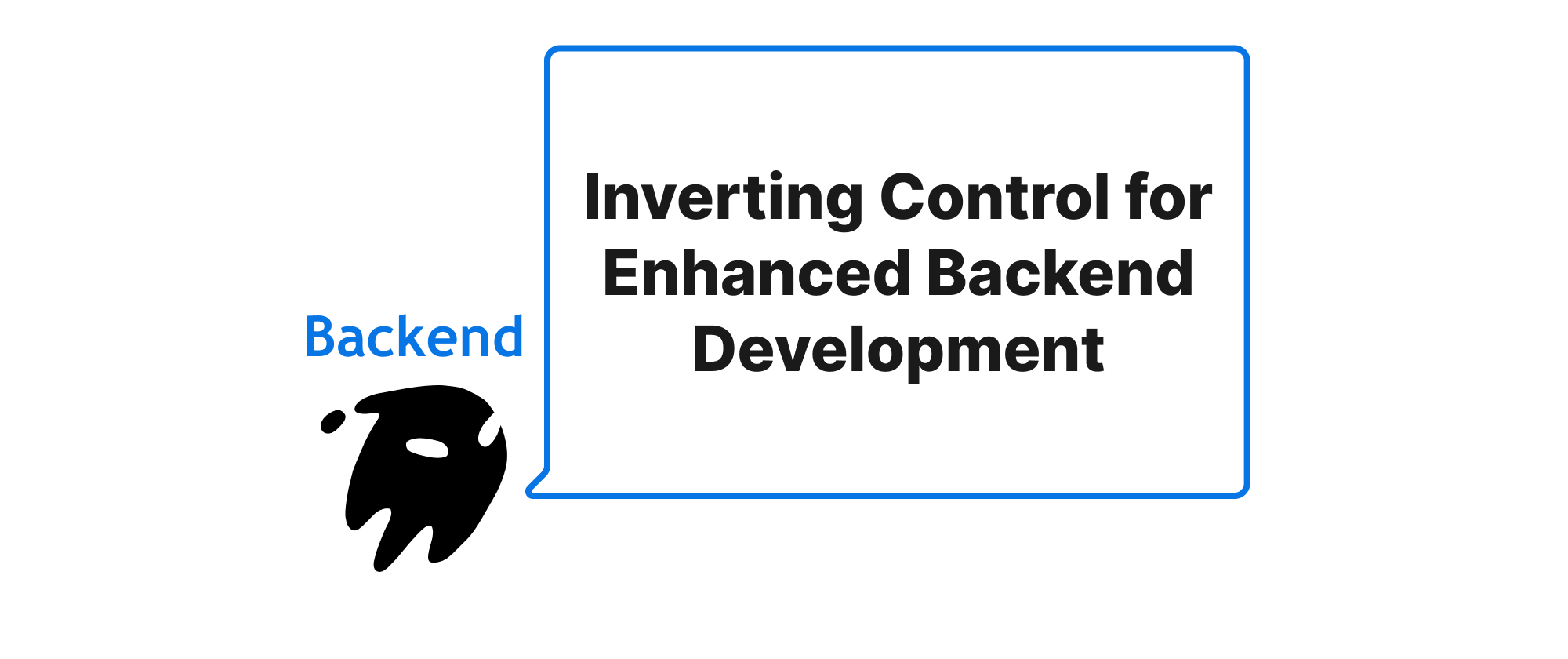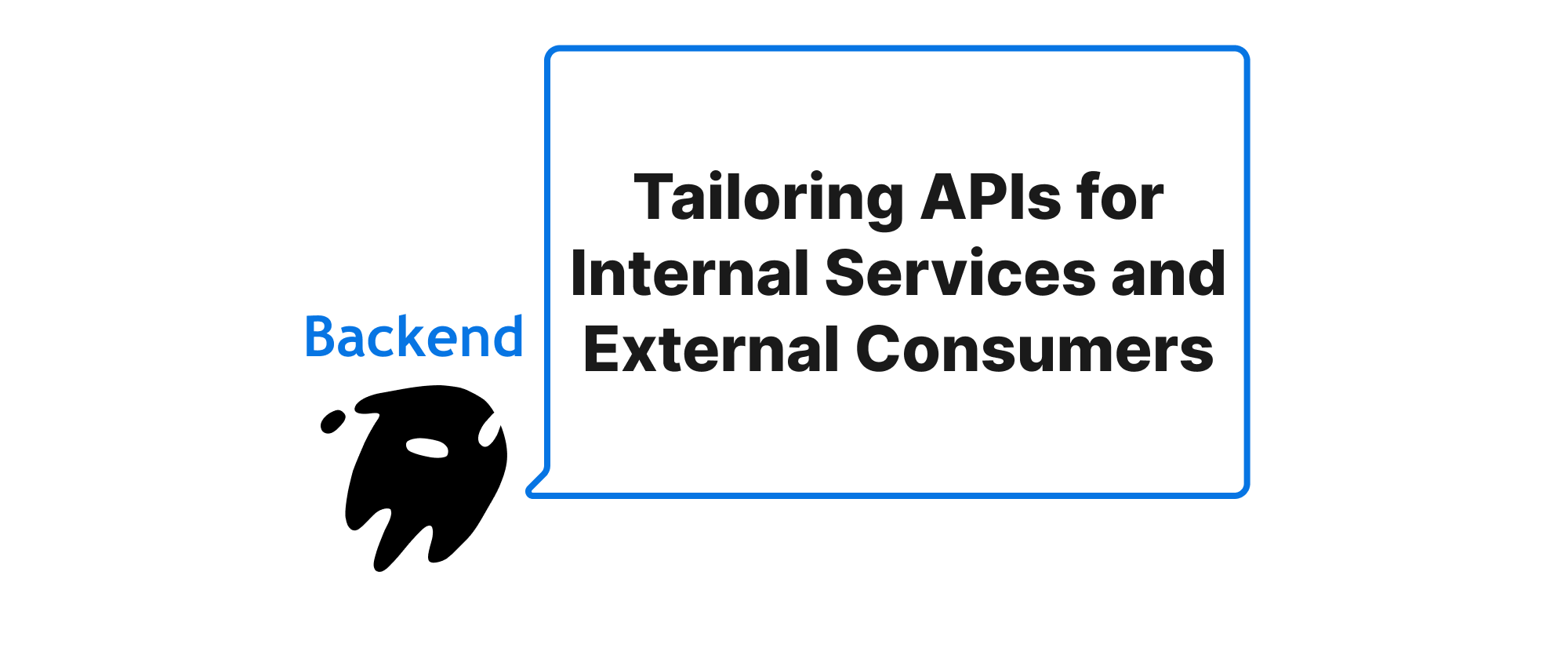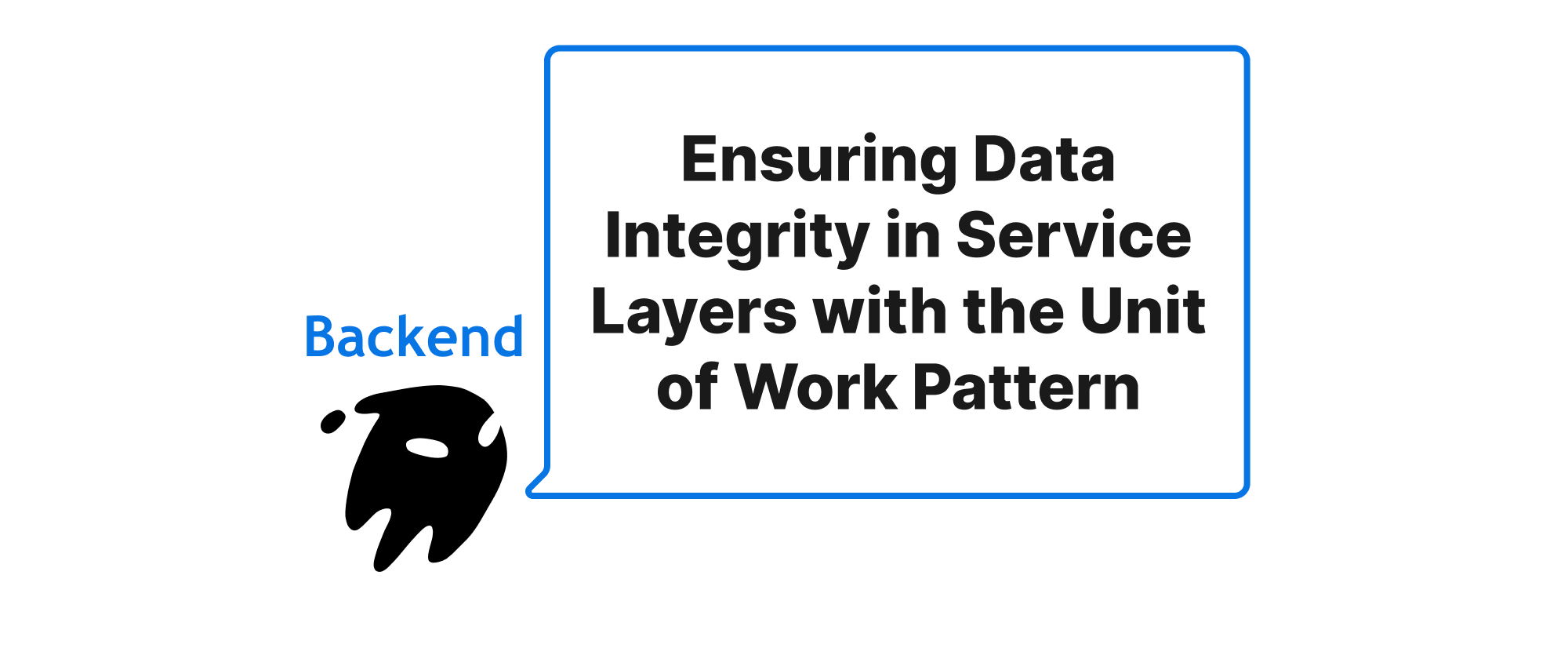Inverting Control for Enhanced Backend Development
Wenhao Wang
Dev Intern · Leapcell

Introduction
In the intricate world of backend development, building robust, maintainable, and scalable applications is paramount. As software systems grow in complexity, developers frequently encounter challenges related to tight coupling, difficulty in testing, and rigid structures that hinder future modifications. These issues often stem from traditional programming paradigms where components actively create and manage their dependencies, leading to an entangled and inflexible architecture. Fortunately, a powerful design principle known as Inversion of Control (IoC) offers a transformative solution. By flipping the traditional flow of control, IoC empowers frameworks like NestJS and Spring to deliver a development experience that is both efficient and elegant. This article will delve into the essence of Inversion of Control, explore its implementation through Dependency Injection (DI), and illustrate how these concepts fundamentally alter the development patterns within modern backend frameworks.
Understanding the Core Transformation
Before diving into the specifics, it's crucial to grasp a few core concepts that underpin IoC and DI.
Inversion of Control (IoC): At its heart, IoC means that a component's flow of control is outsourced to a container or framework. Instead of a component actively calling out to find its dependencies or control its own lifecycle, the framework takes charge. It's akin to moving from building your own car by assembling each part yourself to getting a car from a factory – you specify what you need, and the factory provides it, with all the complex assembly handled internally.
Dependency: Simply put, a dependency is any object that another object needs to function correctly. For example, a UserService might depend on a UserRepository to interact with a database.
Dependency Injection (DI): DI is a concrete implementation of IoC. It's a design pattern where dependent objects are not responsible for acquiring their dependencies. Instead, dependencies are "injected" into the object by an external entity (the DI container or framework) at runtime. This can happen through constructor injection, setter injection, or property injection.
DI Container (IoC Container): This is the engine behind DI. It's a sophisticated registry that manages the lifecycle of objects, knows how to create them, and how to resolve their dependencies when needed. When an object requests a dependency, the container looks up the required type, instantiates it (and any of its dependencies recursively), and "injects" it into the requesting object.
How IoC and DI Reshape Development
Traditionally, an object might create its dependencies directly within its own code:
// Traditional approach (without IoC/DI) class UserRepository { // ... database interaction logic } class UserService { private userRepository: UserRepository; constructor() { this.userRepository = new UserRepository(); // UserService creates its own dependency } // ... business logic using userRepository }
In this example, UserService is tightly coupled to UserRepository. If UserRepository changes, or if we want to use a different implementation (e.g., a mock for testing), UserService's code must be modified.
Now, let's observe how IoC, via DI, transforms this using a framework like NestJS. NestJS, built on top of Express and leveraging TypeScript, heavily relies on a powerful DI system.
// NestJS approach (with IoC/DI) import { Injectable } from '@nestjs/common'; @Injectable() // Marks this class as a provider that can be injected class UserRepository { // ... database interaction logic } @Injectable() class UserService { constructor(private readonly userRepository: UserRepository) {} // Dependency is injected // ... business logic using userRepository } // In a NestJS module, you would configure providers: // @Module({ // providers: [UserService, UserRepository], // }) // export class AppModule {}
In the NestJS example:
@Injectable()decorators tell the NestJS IoC container thatUserRepositoryandUserServiceare classes that can be managed and provided.UserServicedeclares its dependency onUserRepositorythrough its constructor. It doesn't createUserRepositoryitself.- When NestJS needs to create an instance of
UserService, its DI container automatically looks at the constructor parameters. It identifies thatUserServiceneeds aUserRepository. - The container then either creates a new instance of
UserRepository(if one doesn't exist or isn't scoped differently) or retrieves an existing one, and then injects that instance directly into theUserServiceconstructor.
This change is profound. The control of creating and providing UserRepository has been "inverted" from UserService to the NestJS framework.
Similarly, in Spring (a Java-based framework), annotations like @Component, @Service, and @Autowired achieve the same outcome:
// Spring approach (with IoC/DI) @Repository // Marks this class as a Spring-managed component for data access public class UserRepository { // ... database interaction logic } @Service // Marks this class as a Spring-managed component for business logic public class UserService { private final UserRepository userRepository; @Autowired // Tells Spring to inject an instance of UserRepository public UserService(UserRepository userRepository) { // Constructor injection this.userRepository = userRepository; } // ... business logic using userRepository }
Spring's IoC container functions similarly to NestJS's. When UserService is needed, Spring detects the @Autowired constructor, resolves UserRepository, and injects it.
Practical Benefits of IoC and DI
-
Loose Coupling: Components are no longer tied to specific implementations of their dependencies. They only "know" about an interface or abstract type, making it easy to swap out implementations without altering the consuming code. This promotes the "Open/Closed Principle" (software entities should be open for extension, but closed for modification).
-
Enhanced Testability: During unit testing, it becomes trivial to inject mock or fake implementations of dependencies. For instance,
UserServicecan be tested in isolation by providing a mockUserRepositorythat doesn't actually interact with a database, making tests faster and more reliable.// Example of testing with Mocks in NestJS (simplified) import { Test, TestingModule } from '@nestjs/testing'; import { UserService } from './user.service'; import { UserRepository } from './user.repository'; describe('UserService', () => { let userService: UserService; let userRepository: jest.Mocked<UserRepository>; // Mocked instance beforeEach(async () => { const module: TestingModule = await Test.createTestingModule({ providers: [ UserService, { provide: UserRepository, // Provide a mock for UserRepository useValue: { findById: jest.fn(), // Mock specific methods // ... other mocked methods }, }, ], }).compile(); userService = module.get<UserService>(UserService); userRepository = module.get(UserRepository); }); it('should find a user by ID', async () => { const mockUser = { id: '1', name: 'Test User' }; userRepository.findById.mockResolvedValue(mockUser); // Configure mock behavior const result = await userService.findUser('1'); expect(result).toEqual(mockUser); expect(userRepository.findById).toHaveBeenCalledWith('1'); }); }); -
Improved Maintainability and Reusability: Loosely coupled components are easier to understand, modify, and reuse in different contexts.
-
Simplified Configuration: IoC containers often manage the lifecycle and configuration of components, reducing boilerplate code and centralizing configuration logic.
-
Extensible Architectures: Frameworks can easily introduce new features or change underlying implementations without breaking existing application code, as components are only loosely coupled to their dependencies.
Conclusion
Inversion of Control, concretely realized through Dependency Injection, fundamentally redefines how we build backend applications with frameworks like NestJS and Spring. By relinquishing control over dependency creation to the framework, developers gain unparalleled benefits in terms of modularity, testability, and maintainability. This paradigm shift enables the construction of flexible and robust systems that are well-equipped to evolve with changing requirements, ultimately leading to more efficient and enjoyable development workflows. IoC and DI are not just patterns; they are transformative principles that elevate software design, making complex systems surprisingly manageable.


